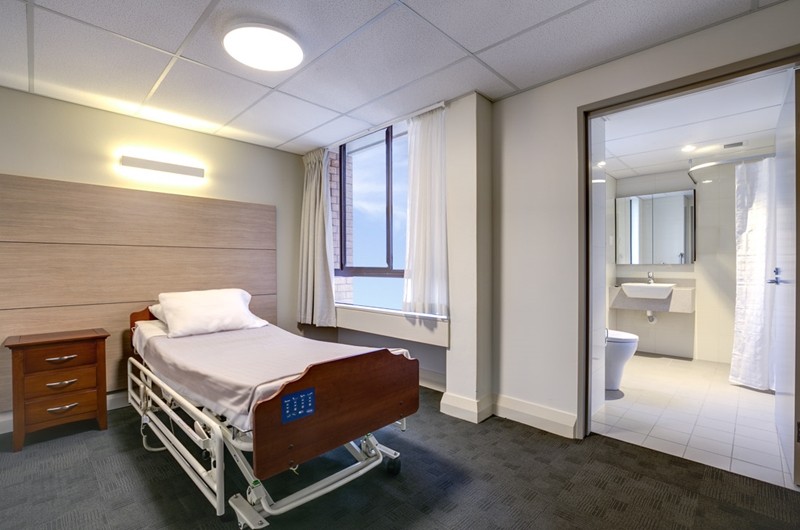As a nation, we’re getting older. The number of Australians over the age of 65 has tripled in the last decade to over 3.4 million, according to the Australian Institute of Health and Welfare.
As the portion of ageing citizen continues to increase, their specific needs will become an ever-greater priority for new healthcare construction projects. So, what are some design elements to consider when constructing an aged care facility?
 What makes a good aged care facility?
What makes a good aged care facility?What are the objectives of aged care design?
According to the Victoria government there are several important guidelines to follow when designing an aged care facility:
- Respecting aged citizens’ rights, dignity and continuous quality of life improvement.
- Creating a healthy lifestyle environment which promotes independence, self respect and social opportunities, to name a few.
- Flexibility to cater for residents different needs, disabilities and confusional state that may vary over time.
- An environment which meets the objectives of ‘Ageing in Place’.
Keeping these objectives in mind will help guide projects to best meet the health and safety needs of ageing citizens.
Dementia and patient-centred design
Dementia-friendly design can improve the quality of life for people in aged care facilities.
There are over 400,000 Australian citizens living with dementia, with that number expected to surpass half a million by 2025 – in line with Australia’s ageing population according to Alzheimer’s Australia. Dementia is the single greatest cause of disability in Australian’s over the age of 65.
Until a cure is found to treat this debilitating condition, incorporating dementia-friendly design elements into new healthcare construction projects or medical fitouts can contribute greatly to improving the quality of life and well-being for these people in aged care facilities.
“Bland, boring, repetitive environments are actually really confusing for a person with dementia,” said architect Kirsty Bennett to the Leading Aged Services Australia Tri-State conference. In an article by Australian Ageing Agenda, Ms Bennett highlighted the importance designing environments that consider the lifestyle, cultural and socioeconomic backgrounds and interests of residents.
Things like minimising unhelpful stimulation, creating familiar spaces, optimising environmental cues and providing links to the community are all design principles to incorporate that help positively engage citizens living with dementia.
Application in other healthcare facilities and medical centres
These principles carry on outside of residential facilities, too. From general practices to day surgeries, by taking on these varied elements during a medical centre design, you create a space that supports senior citizens and help improve their health outcomes by reducing confusion, stress and fatigue.
When it comes to finding that perfect design that meets the needs of an ageing population, it pays to rely on the combined experience of the medical fitout experts. Space for Health has more than 26 years in the healthcare and aged care design industry.
To find out more, reach out to a member of our team today.



